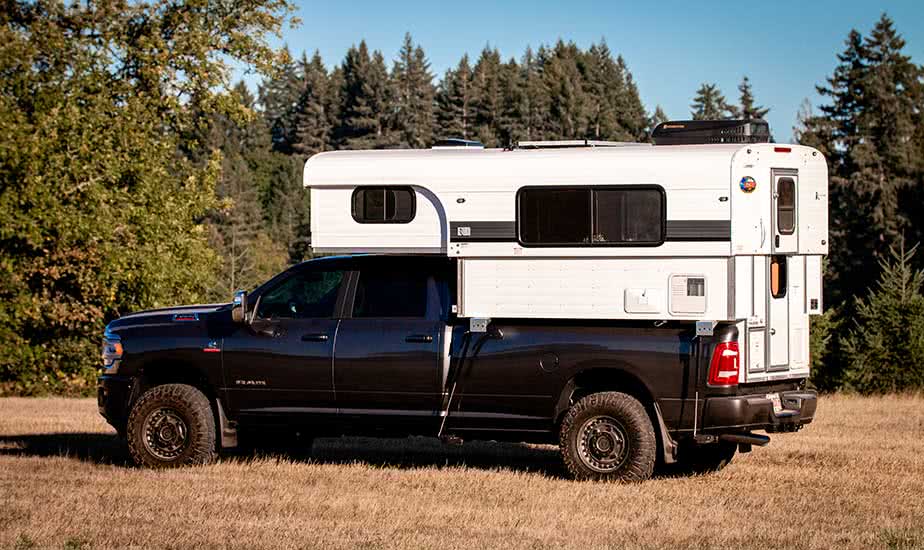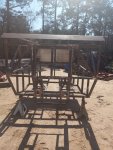ITTOG
Well-known member
A few posts back I talked about how I want to skin the camper. I don't believe I will do either of those because the roof matches the width and length of the camper exactly. Thus no overhang to help with the drip edge/rain guard. This is the new plan so let's set up what you are looking at. Box one is the new 1.5" x 3" to create the side of the roof. Box 2 is 1.5" x 1.5" tubing to create the cross supports of the roof. Box three is the top of the camper, not including the roof. The gap between the camper and roof is where my weatherstripping will be. This is the yellow, upside-down triangles. I believe its dimensions are 1" wide and 5/8" tall. The yellow line is the canvas. The gray rectangle is the skin, 3mm ACM most likely. The red lines are the drip edge/rain guard. The black line is the galvalume roof. The green line is the corner cap which will be aluminum flat stock. Between the roof and skin with the tube will be 3M's VHB tape. The VHB tape would also be between the galvalume and tube/skin. I have decided, about 80% committed, the green line will be flat because I won't need it to be angle to provide a weatherproof joint. The roof, black line, will do that. The purple line serves two purposes: first is to create a weatherproof connection between the camper and the skin, second is to create a gutter and connection for the canvas. All of this looks good to me on paper but the red and purple lines are not off the shelf items. At least I have never found them online. Thus they will have to be custom made. This may prove difficult. For the red line, the drip guard, I am thinking about 16 to 20 gauge steel. I will have to bend it and weld pieces together to go around the roof, which is almost 36'. For the purple line I am thinking about 1/8" by 2" angle stock. This will require I weld flat bar on to the angle to make the shape I show. That would require 36' of welding the angle and flat bar together. Oh, and I have never welded aluminum. So this may not work out for me. I could see the need to first put it together easily to shorten the build time and then modify to this? Decisions, decisions.






















